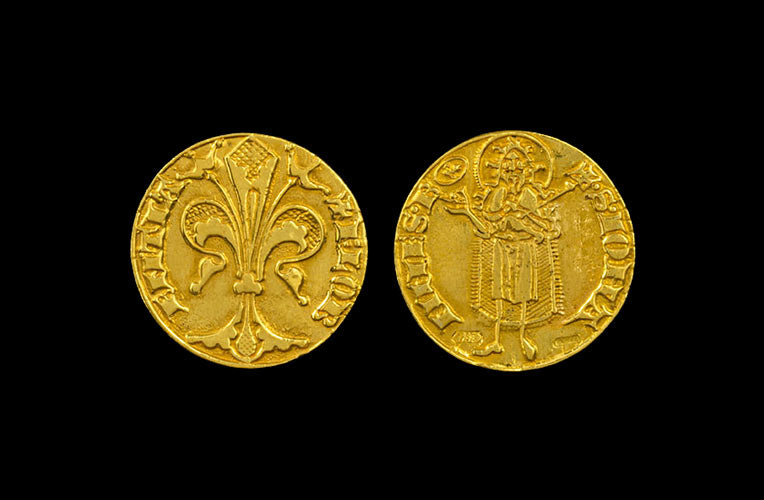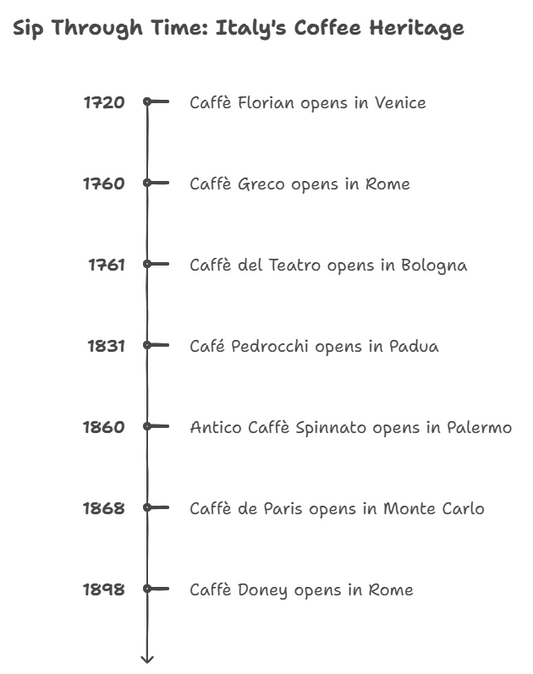Italian gold is known around the world for its beauty and craftsmanship. But many people don’t know much about the history and background of Italian gold. This article will explore some fun facts about this metal, giving you an in-depth look at its qualities and the culture associated with wearing it.
Italian Gold Has Been Around Since Ancient Roman Times
The use of Italian gold dates back centuries, to the time of Ancient Rome when the wealthy used it to demonstrate their status and wealth. Today, gold from Italy remains highly sought after for fashion jewelry, designer accessories, wedding bands, and other ornamental pieces.
Italy claims to hold 2451.8 tonnes of official gold reserves making it the world’s 3rd largest central bank sector gold holder behind Germany and the US in 2022.
Italy is also a major producer of gold bullion with a high of 1,100.000 kg in 1998, with many of the country's mints producing coins and bars that are highly sought after by collectors and investors. In recent years, Italy has become a hub for sustainable and ethical gold production, with many Italian gold producers implementing environmentally-friendly mining practices and fair labor standards.
Most Italian Gold is 14K or 18K
Most Italian gold that you’ll come across in stores is either 14K (58.3% pure) or 18K (75% pure). High-karat pieces are considered more desirable because although they contain less actual gold than lower karats, they have a richer color that appeals to many consumers. In addition, higher-karat pieces may last longer than those made with lower karats because they’re less likely to tarnish over time.
It Comes From All Over The Country
Italian gold doesn’t come from just a single region; instead, it can be found all over Italy – from Tuscan mines in Assisi to Sicily in the south. This wide variety of mined sources means that there’s a range of different colors available when purchasing handmade Italian gold jewelry — including yellow-gold, white-gold, rose-gold, green-gold, and even bi-metal varieties!
Florence, Italy was once known as the center of the gold trade, with the city's famous Ponte Vecchio bridge lined with gold shops. The town of Arezzo in Tuscany is famous for producing gold filigree, a traditional technique of weaving thin wires of gold into intricate patterns.
The famous Millefiori technique, which involves creating intricate designs with colored glass canes, was also used to create beautiful gold jewelry in Renaissance Italy. Gold jewelry crafted using this technique can be found in the Castellani Collection at Villa Giulia, Italy.
Valenza, Italy is known for its high-end gold jewelry production. Over 65% of the production from Valenza is exported abroad to over 150 countries.
Modern Jewelry May be Plated with Etruscan Gold
Etruscan gold was discovered in Etruria — an ancient western Italy region near Florence during the 1930s. Its high purity levels between 22K to 24K (92% - 96% pure), make this form of rare Italian gold ideal for modern plating techniques used by today's luxury jewelers to give their pieces a regal luster and shine that lasts many years before needing re-plating.
Is it possible to pick out the real Italian gold among so many local knockoff stores? Consumers can now acquire Italian jewelry with very little search and effort. Doing your research and learning how to distinguish between a genuine Italian piece and a counterfeit replica is crucial if you want to ensure that you’re getting good value for your money.
Italian Gold Often Carries Historical Significance
The quality craftsmanship involved in creating traditional Italian jewelry also carries great historical significance: many centuries ago Italy was renowned throughout Europe for expertise in crafting beautiful religious talismans known as ex-votos which are meant to bring good luck or veneration bestowed upon them by those who wear them today!

The Florentine florin and the Vatican gold coin are two different types of gold coins that were minted and used in Europe during different historical periods.
- The Vatican City Gold Collection in Rome includes jewelry such as earrings, bracelets, and medals. These pieces are crafted from 18K gold and come with a gift box featuring the Vatican Library seal imprinted in gold. 1 euro and 2 euro Coins are also made of Nordic Gold (a mixture of copper, aluminum, and zinc) to look like gold. The rarest Vatican City gold coin is the 1937 100-lire coin with only 2,000 known pieces.
- Gold Florin and Florentine Coins are also highly valued for their prestige in international markets. The creation of the gold florin in 1252 was a significant event in the history of the European currency. The coin, also known as the "fiorino d'oro," was minted in Florence, Italy, and was widely used as a means of exchange throughout Europe, including in the trade of goods, payment of debts, and as a standard for determining the value of other currencies. Its popularity was due to its consistency in weight and fineness, as well as the trust in the minting quality of the Florentine government. The Florin is a coin made from pure 24-carat gold of 3,536 grams. The coin on one side has represented the elegant lily of Florence, the emblem of the city with the words “FLOR–ENTIA. On the other side of the coin, St. John the Baptist, the patron of the city of Florence, joined with the inscription "S. IOHA-NNES B".
Similarly, authentic antique or vintage pieces may also be worshipped as collector items because they evoke strong emotions tied to national heritage or past generations' style preferences which gives them enormous sentimental value beyond just intrinsic worth measured by weight alone.
Benvenuto Cellini (1500-1571 CE) was an Italian Renaissance sculptor, medallist, and goldsmith who began training when he was 13. His most famous works include the Cellini Salt Cellar, Perseus with the Head of Medusa, and a bust of Cosimo I de Medici.
Outside gold, Prada has been producing top-quality designer handbags since 1913, and their bags have become more popular over time. As counterfeiters have become increasingly crafty in producing convincing knockoffs, it is harder to spot the differences. We'll take a look at seven indicators of authenticity that can help you confidently identify a genuine Prada handbag.




